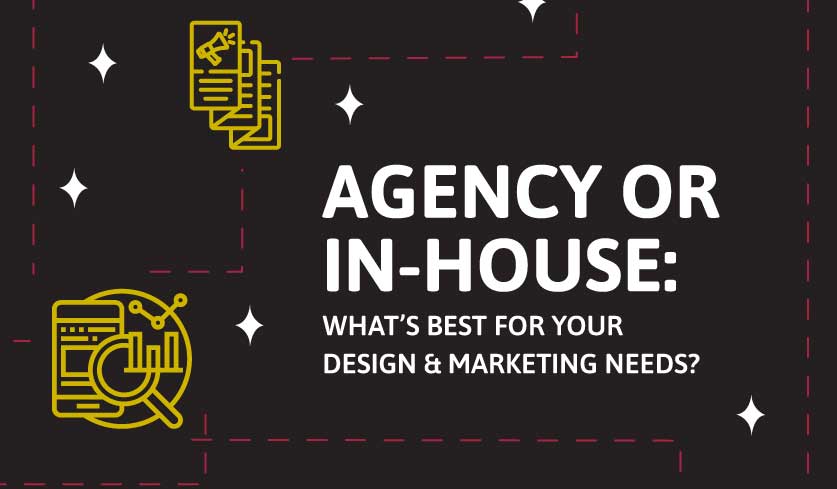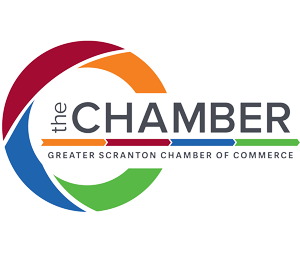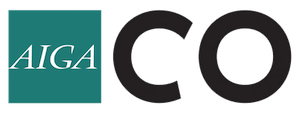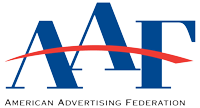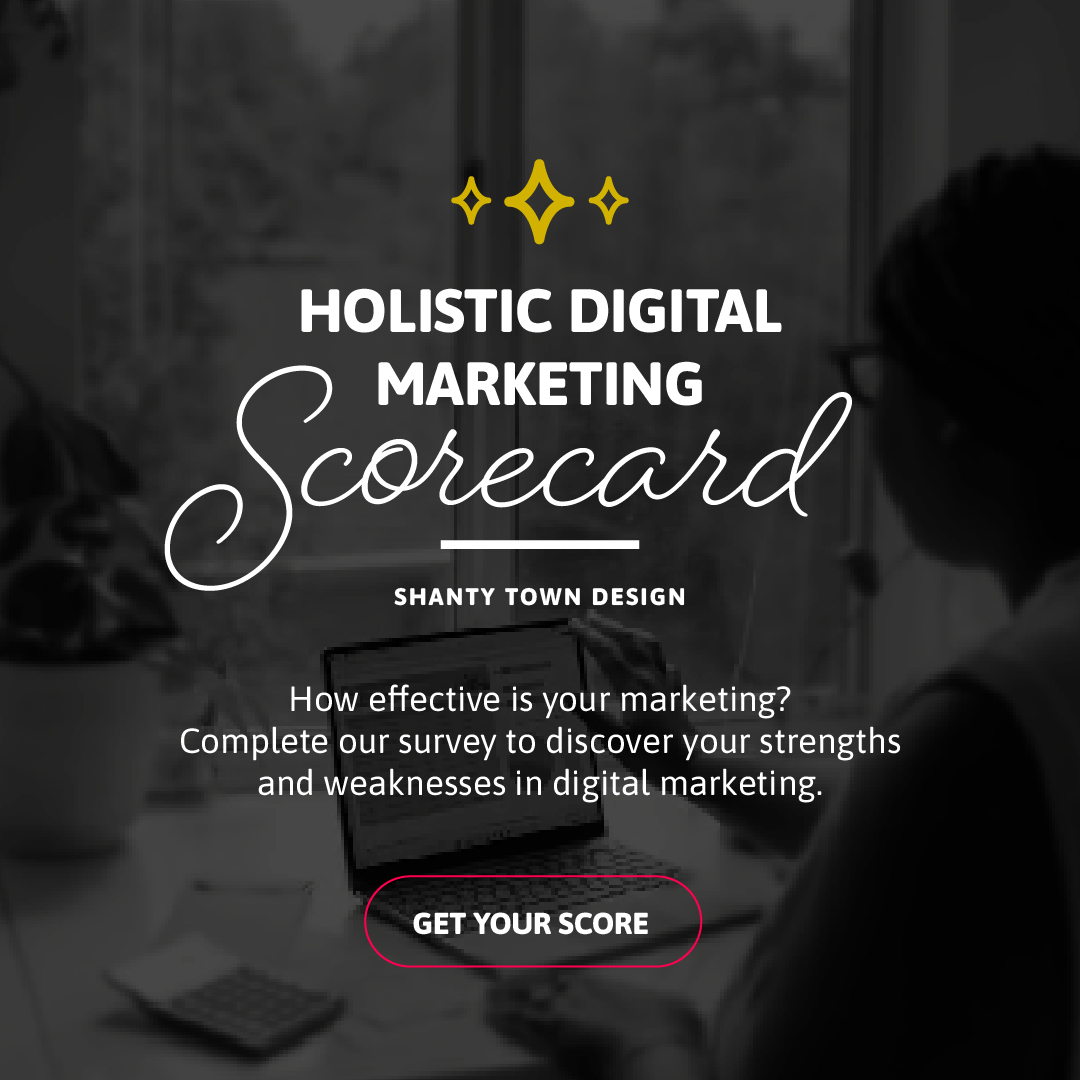Are you having a hard time deciding whether to build an in-house marketing team vs an agency for your marketing needs? You’re not alone. In this article, we’ll discuss when to use one over the other and weigh out the pros and cons of each.
This choice is more than just a tactical move; it’s a strategic pivot that can significantly impact your brand’s voice, agility, and financial health. The goal here is for the insights provided to guide you through the intricacies of assembling a powerhouse for your design and marketing needs, ensuring that your brand’s narrative is both compelling and effectively conveyed.
Understanding In-House Teams
An in-house team consists of employees who are part of your company. They work exclusively for your business and are integrated into your organizational structure. Their work is solely dedicated to your company’s projects and objectives. This allows them to develop a deep understanding of your brand, culture, and long-term goals.
Being part of the company, in-house teams offer direct control over projects. Decision-making and revisions can be more streamlined as they are part of the internal processes. When it comes to cost, in-house teams involve fixed costs, including salaries, benefits, and resources required for the team. This can be more cost-effective in the long term for continuous, regular work.
Additionally, being physically (or virtually) part of the company facilitates easier and more frequent communication and collaboration within the team and with other departments.
Pros:
- Brand Familiarity: In-house teams have a deep understanding of your brand, culture, and values, leading to more aligned and consistent messaging.
- Control and Oversight: Direct control over the creative process and decision-making, with easier coordination and communication.
- Cost-Effectiveness (Long-Term): Potentially more cost-effective in the long term, especially for ongoing, regular work.
- Faster Communication: Quicker and more direct communication without intermediaries.
- Dedicated Focus: The team is solely focused on your company’s projects and goals.
- Cultural Integration: Better integration with the company’s culture and internal processes.
- Learning and Growth: Opportunities for continuous learning and adaptation to the company’s evolving needs.
Cons:
- Resource Limitations: Limited to the skills and expertise available within the team.
- Higher Initial Costs: Requires investment in recruitment, salaries, benefits, and resources.
- Risk of Stagnation: Ideas and approaches become stagnant without external inspiration.
- Scalability Issues: Difficulties in scaling up quickly for large projects or campaigns.
- Overdependence on Internal Resources: Reliance on internal resources can lead to overworked staff or bottlenecks.
- Limited Perspective: Potential lack of diverse perspectives and industry-wide insights.
Exploring the Agency Model
An agency is an external, independent organization that provides specialized services – in this case, in design and marketing. Agencies work with multiple clients and are not exclusively dedicated to a single company. This allows them to bring a broader perspective, having worked with diverse clients. They often bring innovative ideas and practices learned from a wider industry viewpoint.
While agencies work closely with their clients, there is inherently less direct control over the day-to-day operations and creative process compared to in-house teams. Hiring an agency typically involves variable costs, which can be project-based or retainer-based. This can be more cost-effective for short-term projects or specific campaigns.
Communication with an agency may involve more formal processes and can be less frequent than with an in-house team. This may lead to slower turnaround times for feedback and revisions.
Pros:
- Broad Expertise: Access to a wide range of skills and specialized knowledge across different areas of design and marketing.
- Fresh Perspectives: Brings new ideas and approaches, avoiding the echo chamber effect.
- Scalability and Flexibility: It is easier to scale up or down based on project needs without long-term commitments.
- Cost-Effective (Short-Term): Potentially more cost-effective for short-term projects or specific campaigns.
- Advanced Tools and Technologies: Often have access to advanced tools and technologies with specialized skills to use them effectively.
- Industry Insights: Exposure to broader industry trends and best practices.
- Reduced Management Overhead: Less direct management and operational oversight are required.
Cons:
- Less Brand Familiarity: May require time to understand and align with your brand’s voice and goals.
- Cost Considerations: This can be expensive, particularly for high-quality agencies or extensive projects.
- Communication Barriers: Potential for communication challenges and delays.
- Less Control: Less direct control over the creative process and execution.
- Divided Attention: Agencies work with multiple clients, so you might not always be their top priority.
- Longer Onboarding: Can take time to onboard an agency and get the first projects off the ground.
- Potential for Mismatch: Risk of mismatch in expectations or creative vision.
Making the decision
The choice between an in-house team and an agency depends on several factors, including the nature of the work, budget constraints, desired level of control, and the strategic importance of the design and marketing functions to the business. Each has its advantages and challenges, and the best choice varies depending on the specific needs and circumstances of the company.
Below are some scenarios where one of the other would be preferred.
In-House Marketing Team Preferable
E-commerce Company Requiring Quick Turnarounds:
An e-commerce business that needs rapid design updates for its website and marketing materials benefits from an in-house team that can quickly implement changes in response to market trends.
Tech Company with a Specific Product Niche:
A tech company with specialized products finds that an in-house team with in-depth knowledge of their products and market is better suited to create targeted marketing strategies and materials.
Company with a Strong Emphasis on Confidentiality:
A business dealing with sensitive information or confidential projects might prefer an in-house team to ensure greater control over information security and privacy.
Marketing Agency Preferable
Company Seeking Fresh Creative Input:
A company looking to revitalize its brand image or marketing strategy benefits from an agency’s fresh perspective and diverse creative ideas.
Small Business with Limited Budget:
A small business with limited resources and sporadic design needs finds hiring an agency for specific projects more cost-effective than maintaining a full-time in-house team.
Firm Needing Specialized Skills for a Campaign:
A firm launching a specialized marketing campaign finds that an agency with specific expertise in that area can deliver better results than trying to develop those skills in-house.
Hybrid Approaches: In-House Marketing Team and An Agency
The dichotomy of choosing exclusively between an in-house marketing team or an agency for design and marketing needs isn’t always the most pragmatic approach. Enter the hybrid model – a strategic blend of both worlds, leveraging the strengths of each to create a more balanced and effective solution.
The hybrid model recognizes that the strengths of in-house marketing teams and agencies can be complementary. By combining the intimate brand knowledge and direct control of an in-house team with an agency’s broad expertise and fresh perspectives, businesses can navigate complex marketing challenges more effectively. This approach allows for flexibility, enabling companies to scale their efforts up or down based on the specific demands of a project or campaign.
The key to a successful hybrid strategy of an in-house marketing team and an agency
The key to a successful hybrid strategy lies in identifying which functions are best kept in-house and which can be outsourced to an agency. Core activities that require deep brand knowledge and ongoing management, like brand strategy and key message development, are well-suited for an in-house team. On the other hand, specialized tasks such as high-end video production, extensive market research, or large-scale advertising campaigns can benefit from an agency’s specialized skills and resources.
Some examples of effective scenarios that would benefit from a hybrid approach are:
Established Corporation with Continuous Projects:
A large corporation with ongoing, diverse marketing and design needs finds that combining an agency with an in-house team offers creative approaches, brand alignment, and can efficiently handle the continuous workflow.
Financial Services Firm’s Rebranding:
A financial services firm tasks its in-house team with the strategic aspect of its rebranding effort, focusing on aligning the new brand with the company’s values and long-term vision. For the visual identity and marketing materials, they bring in a design agency to provide a modern look and feel, benefitting from the agency’s creative prowess.
Startup’s Growth Strategy:
A startup utilizes its in-house team for oversight of a brand identity and message along with day-to-day content creation, maintaining a consistent voice and timely engagement with its audience. For social media management, specialized SEO, and paid search campaigns, they partner with a digital marketing agency to capitalize on the agency’s specific expertise in these areas.
The hybrid model offers a balanced approach, combining the deep-rooted understanding and control of an in-house team with an agency’s diverse skills and fresh perspectives. By thoughtfully integrating these two approaches, businesses can create a robust, flexible strategy that adapts to their evolving needs and maximizes the impact of their design and marketing efforts.
Conclusion
Navigating the complex world of design and marketing requires more than just creativity and strategy; it demands a thoughtful approach to resource allocation and team structure. Through our exploration of in-house marketing teams and agencies and the hybrid models that blend the two, it’s evident that there isn’t a one-size-fits-all solution. The choice hinges on a myriad of factors, including the nature of your projects, the scale of your operations, budget considerations, and the specific goals of your business.
Remember, the landscape of marketing and design is ever-evolving. What works today might need reevaluation tomorrow. Stay adaptable, keep reassessing your needs, and don’t shy away from restructuring your approach as your company grows and the market changes. The goal is not just to create effective marketing and design but to build a structure that grows and evolves with your business.
